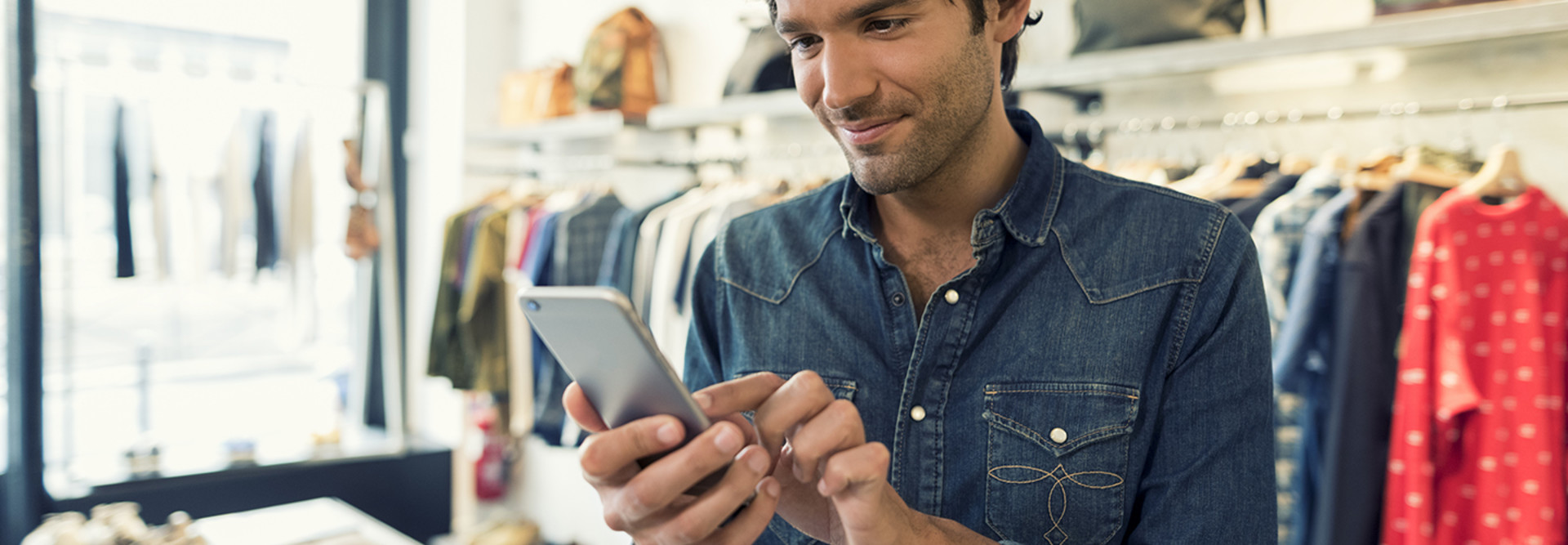How to Convince Shoppers to Download — and Use — Your Retail App
After a slow start out of the gate, retail apps may have finally found their stride. According to financial services firm Synchrony, shoppers now use an average of four retail apps — up from two last year — and 83 percent say they’re happy with the customer experience.
Maintaining app retention and user satisfaction is critical for retailers, given Forrester’s predictions that mobile phones will account for almost 24 percent of online sales by 2021 and will influence $1.4 trillion in offline sales by 2022. But achieving those aims requires a deep understanding of customer expectations for mobile.
“Consumers that use retail mobile applications are a retailer’s top shoppers,” explained Maya Mikhailov, senior vice president and chief marketing officer for Synchrony subsidiary GPShopper. “As such, they want their apps to be tailored to their unique shopping experiences and preferences.”
So how are retailers meeting customer demands for value-added apps?
DOWNLOAD: Explore more mobility strategies by reading "The Connected Retailer IT Guide."
Top Retailers Optimize Search and Conversions
According to recent research from retail app platform Branding Brand, Fortune 500 mobile retailers prioritize sales functionality over trending technologies when designing their mobile apps: More than three-quarters offer filtering and sorting, order tracking, guest checkout and infinite scrolling capabilities, while only a handful incorporate augmented reality (12 percent) or voice search (20 percent).
Some major retailers also build purchase incentives into their mobile platforms. With an Apple App Store rating of 4.8, Target’s app pushes discounts directly to shoppers as they walk around the store. The tactic is popular among consumers, 84 percent of whom want to receive deals via push notifications, according to the Mobile Retail Apps 2018 report from eMarketers.
“The key here is tailoring the push notification to the end user by using behavioral insights to understand their previous purchase history and preferences,” writes Justina Perro in a blog post for digital engagement company Localytics. “Notifying users about sales on the items that matter to them will drive up your conversion rate while driving down your push opt-out rate by ensuring the message is on-point and tailored to the end user.”
Increasing Customer Loyalty Through Mobile Engagements
Some retailers further incentivize sales through in-app loyalty programs. Kohl’s, for instance, has long offered loyalty point accrual in its mobile app (rated 4.8 in the App Store) and will soon launch Kohl’s Rewards to make the customer experience even more seamless.
The new version of the loyalty program “will automatically keep track of customers’ Kohl’s Cash in the Kohl’s app and will remind them at the register of their Kohl’s Cash balance to ensure they never miss an opportunity to redeem what they’ve earned,” explains Greg Revelle, senior executive vice president and chief marketing officer for Kohl’s.
Hassle-free perks like that help explain why 81 percent of shoppers like receiving in-app rewards, according to eMarketer research. And because experts say mobile loyalty offerings encourage shoppers to both download and retain store apps, designing a simple and effective rewards program could be just what retailers need to ensure app success in the years to come.










